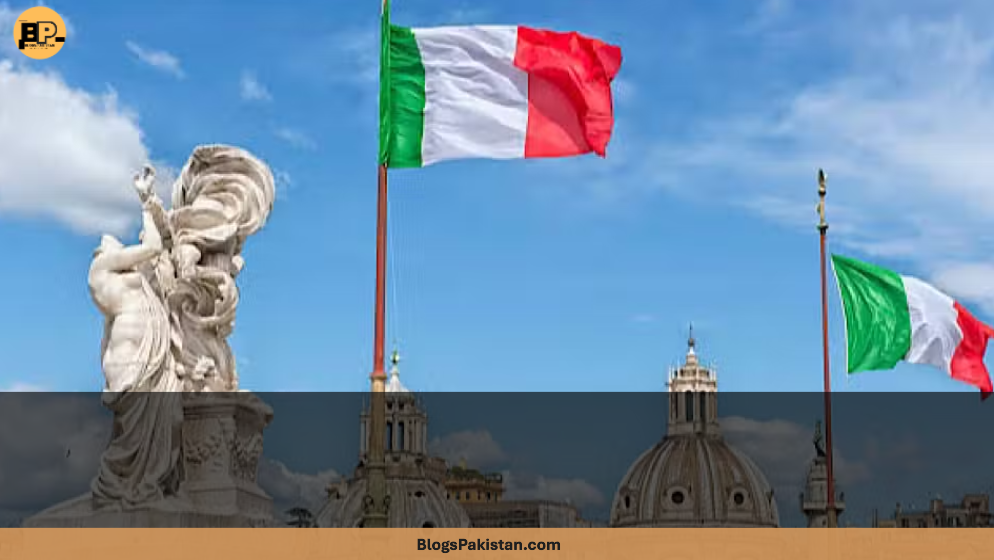In a world that seems to be constantly shifting and evolving, Italy is taking bold steps to address a pressing issue—a growing labor shortage. The Italian government has announced plans to issue nearly half a million new work visas between 2026 and 2028. This ambitious initiative not only aims to fill labor gaps but also offers a regulated pathway for migration, opening doors for non-EU nationals seeking employment in Italy. Let’s delve into what this means for potential immigrants, the Italian economy, and the broader implications for global migration.
A New Era of Opportunities
In a move that has captured international attention, Italy plans to offer approximately 500,000 work permits over the next three years. This decision is part of a strategic effort to manage migration through legal channels and address labor shortages across various sectors. In 2026 alone, the Italian government will grant 164,850 work visas, with the total reaching 497,550 by 2028. This initiative marks a significant shift in Italy’s immigration policy, focusing on regulated and beneficial migration.
Bridging the Labor Gap
Italy’s decision to open its doors to foreign workers is driven by pressing demographic and economic needs. The labor market is experiencing significant gaps, and the demand for workers in industries such as agriculture, construction, hospitality, and healthcare is growing. By providing legal immigration channels, Italy aims to fill these vacancies and stimulate economic growth.
However, this initiative is not solely about numbers. It’s about recognizing the potential of a diverse workforce to enrich the Italian economy and society. By welcoming skilled and unskilled workers alike, Italy is setting a precedent for inclusive and sustainable development.
The Demographic Dilemma
Italy’s demographic challenges are a key factor behind this new immigration policy. The country faces a declining population due to an imbalance between births and deaths. In 2024, the number of deaths surpassed births by approximately 281,000, leading to an overall population decline of 37,000, down to 58.93 million. This trend poses significant challenges for the workforce and the economy in the long term.
A recent study indicates that to maintain its current population levels, Italy will need to welcome at least 10 million migrants by 2050. This statistic underscores the importance of strategic immigration policies that can help balance demographic shifts and support economic sustainability.
Prime Minister Meloni’s Dual Approach
Under Prime Minister Giorgia Meloni’s leadership, Italy is taking a two-pronged approach to immigration. While the government is opening legal pathways for labor migration, it is also taking a firm stance against irregular migration. Efforts are being made to curb unauthorized arrivals and regulate the activities of humanitarian organizations operating in the Mediterranean.
This balanced strategy reflects a commitment to orderly migration and the protection of Italy’s borders while recognizing the essential role of immigrants in the nation’s future. By working with social partners and assessing labor demands, the Italian government has crafted a visa quota that aligns with the country’s economic needs.
Implications for Non-EU Nationals
For non-EU nationals, Italy’s work visa plan offers a unique opportunity to live and work in one of the world’s most culturally rich countries. The prospect of contributing to Italy’s vibrant economy and gaining valuable experience is highly appealing to potential immigrants from various backgrounds.
Furthermore, the opportunity to work in Italy provides a chance to experience the country’s renowned lifestyle, culinary delights, and historical landmarks. For many, it represents a dream come true—a chance to build a better life while embracing all that Italy has to offer.
Impact on Muaalij and Healthcare
The healthcare sector, or Muaalij, plays a critical role in this new immigration initiative. Italy’s aging population necessitates a robust healthcare system supported by skilled professionals. By opening legal channels for healthcare workers, Italy can strengthen its medical infrastructure and ensure that its citizens receive high-quality care.
This move also serves as a testament to the importance of integrating foreign professionals into national healthcare systems—a trend that is becoming increasingly relevant in countries facing similar demographic challenges.
A Broader Perspective
Italy’s work visa initiative is more than just a national policy; it’s part of a broader conversation about immigration and globalization. It highlights the need for countries to develop forward-thinking policies that address labor shortages while respecting human rights and promoting inclusivity.
As the global economy becomes more interconnected, the ability to attract and integrate a diverse workforce will be a defining factor in a nation’s success. Italy’s proactive approach sets an example for other countries grappling with similar issues, emphasizing the importance of regulated and responsible migration.
Conclusion: A Win-Win Scenario
As these new policies unfold, the world will be watching closely, eager to see how Ittaly’s bold experiment in immigration reform will shape its economy and society. For aspiring immigrants from Pakistan, India, and beyond, this initiative represents a beacon of hope and a chance to be part of Ittaly’s evolving story.










